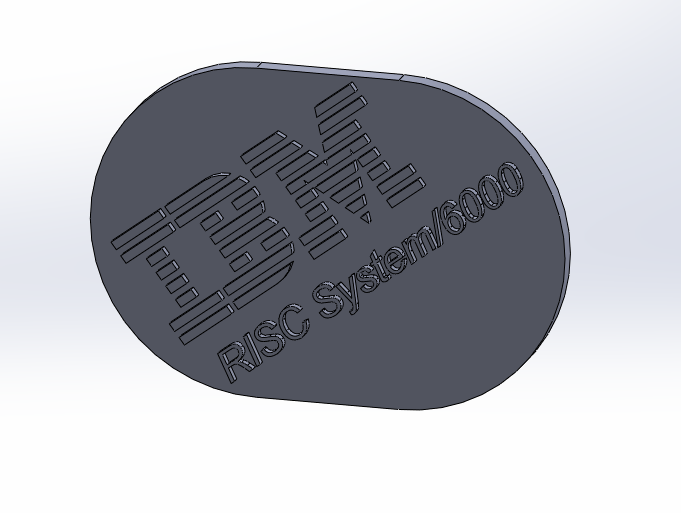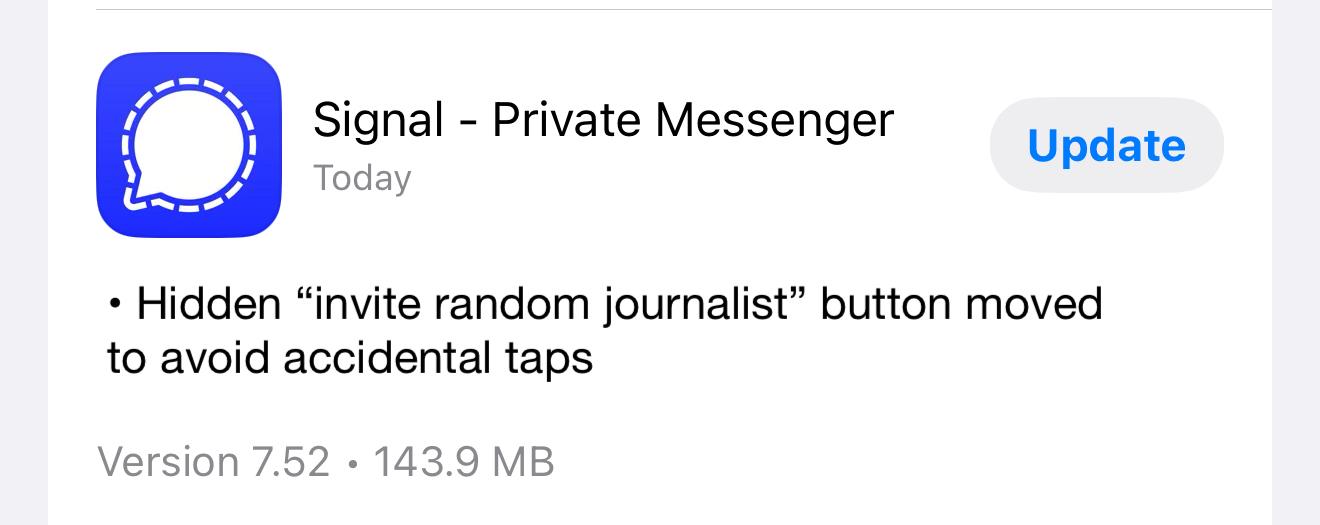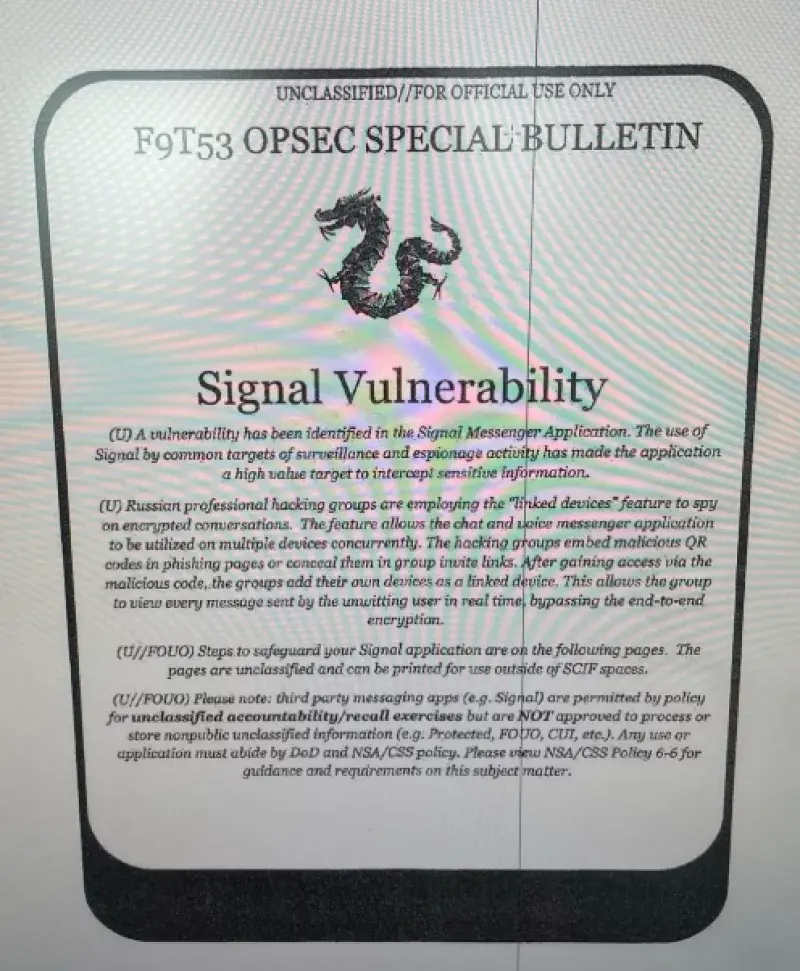Posts
2584Following
627Followers
1397buherator
buheratorlown
lown@hachyderm.ioMy small child BlogFlock (https://blogflock.com) is a social RSS feed reader - share the blogs you follow with friends and strangers!
BlogFlock will always be free to use and never show you ads.
But running a feed aggregator is expensive at scale.
On top of BlogFlock's pretty decent feature set (if I say so myself), what features or service guarantees would convince you to spend $25/year on a social feed reader?
Marco Ivaldi
raptor@infosec.exchange"The designer of a new system must not only be the implementor and the first large-scale user; the designer should also write the first user manual. If I had not participated fully in all these activities, literally hundreds of improvements would never have been made, because I would never have thought of them or perceived why they were important."
-- Donald Knuth, “The Errors of TeX”
blasty
bl4sty@bird.makeuplooks like the AI + MCP-assisted reverse engineering hype train is gaining steam! 🚂✨
in just the past few days, we've seen:
• @itszn13 integrating MCP into @vector35’s Binary Ninja (https://x.com/itszn13/status/1903227860648886701)
• @jh_pointer casually dropping his IDA MCP project, which I had to nerdsnipe myself into trying (https://github.com/MxIris-Reverse-Engineering/ida-mcp-server, https://x.com/bl4sty/status/1904631424663379973)
• @mrexodia rolling out a clean (judging by a quick code quality check) MCP implementation for IDA (https://github.com/mrexodia/ida-pro-mcp)
• @lauriewired dropping GhidraMCP for @nsagov’s Ghidra (https://github.com/LaurieWired/GhidraMCP)
these tools are early-stage but already hint at the potential for interactive RE software running on (semi) autopilot.
makes me wonder—should we formalize a set of MCP primitives across RE tools and unify them under one overarching framework? 🤔
of course, these aren’t silver bullets. but much like typical LLM usage, in the right hands, they could be powerful time-savers.
curious to see what comes next! might be time for hacking competitions focused on small/constrained binaries to start thinking about countermeasures against AI-assisted cheesing. 👀
buherator
buheratorCryptPad
cryptpad@fosstodon.orgToday we are very proud to announce that the United Nations has switched from Google Forms to CryptPad Form for collecting endorsements on the UN Open Source Principles: https://unite.un.org/news/sixteen-organizations-endorse-un-open-source-principles
CryptPad Form is a full-fledged application allowing you to build privacy-preserving questionnaires for your respondents.
Try it for free, without even registering an account, on our CryptPad.fr flagship instance!
#UnitedNations #UN #Privacy #OpenSource #Forms #Studies #FOSS
Zion Leonahenahe Basque
mahal0z@bird.makeupLooking to write your own MCP for a popular decompiler? Check out our unified API that allows scripting in IDA, Ghidra, Binja, and angr. In the same few Python lines, you can make a struct, retype a function, and modify local vars. Check it out: https://github.com/binsync/libbs
Kevin Beaumont
GossiTheDog@cyberplace.socialI think the ICO did a brilliant job with that report, it’s bang on the money.
They basically hadn’t implemented MFA for all Citrix Netscaler users,
hadn’t patched for ZeroLogon on customer systems (a vuln I worked on at MS two years before the Advanced incident, that I personally made sure sure was widely publicised),
didn’t do vuln management on customer systems,
ignored pentest findings,
then descoped customer systems to lie about Cyber Essentials Plus coverage to customers.
Kevin Beaumont
GossiTheDog@cyberplace.socialBack in 2022, there was wide scale disruption to the NHS (healthcare) in the UK due to LockBit ransomware at Advanced.
They have paid a £3m fine to the ICO, who have published their 58 page PDF investigation. Worth a read for findings.
https://cy.ico.org.uk/media2/gdlfddgc/advanced-penalty-notice-20250327.pdf
The £3m fine is due to failures to run Vulnerability Management correctly and failure to enforce MFA.
A thread about some other things:
buherator
buheratorbuherator
buheratorhttps://www.openwall.com/lists/oss-security/2025/03/26/2
What is clear to me is that the original "warning" was a shameful example of spreading FUD...
CVE-2025-31160 was issued to track the problem.
CFG Bot 🤖
cfgbot@mastodon.socialProject: mpengine-x64-pdb 1.1.24090.11
File: mpengine.dll
Address: 75a810cc4
Revert
SVG:
dark https://tmr232.github.io/function-graph-overview/render/?graph=https%3A%2F%2Fraw.githubusercontent.com%2Fv-p-b%2Fghidra-function-graph-datasets%2Frefs%2Fheads%2Fmain%2F%2Fmpengine-x64-pdb%2F75a810cc4.json&colors=dark
light https://tmr232.github.io/function-graph-overview/render/?graph=https%3A%2F%2Fraw.githubusercontent.com%2Fv-p-b%2Fghidra-function-graph-datasets%2Frefs%2Fheads%2Fmain%2F%2Fmpengine-x64-pdb%2F75a810cc4.json&colors=light
RE//verse Conference
REverseConf@infosec.exchangeOur first keynote from Natalie is live! Want to find fully-remote bugs? Learn more about her workflow and lessons learned from a true expert in the field. Bonus: during the Q&A you can learn that even just finding a single obscure file format can be what it takes to find a bug: https://www.youtube.com/watch?v=UOr1F-Tx1Zg
buherator
buheratorhttps://m.youtube.com/watch?v=ZawX9I9MM6Y
I have a question: In Signal, imagine that a new device gets added to your phone as a Linked Device. What sort of notification would you receive on your primary device (phone)? Are there photos of the current workflow here? This article https://www.npr.org/2025/03/25/nx-s1-5339801/pentagon-email-signal-vulnerability asserts that recently Signal added UI to prevent user getting phished and unknowingly adding a linked device. What did they add?





